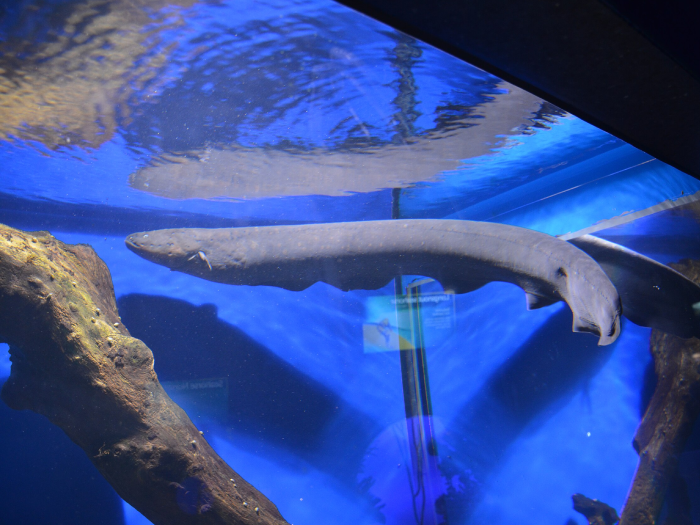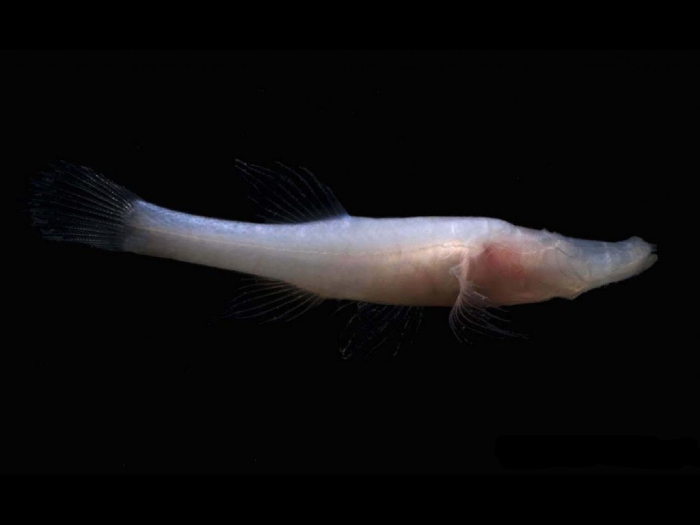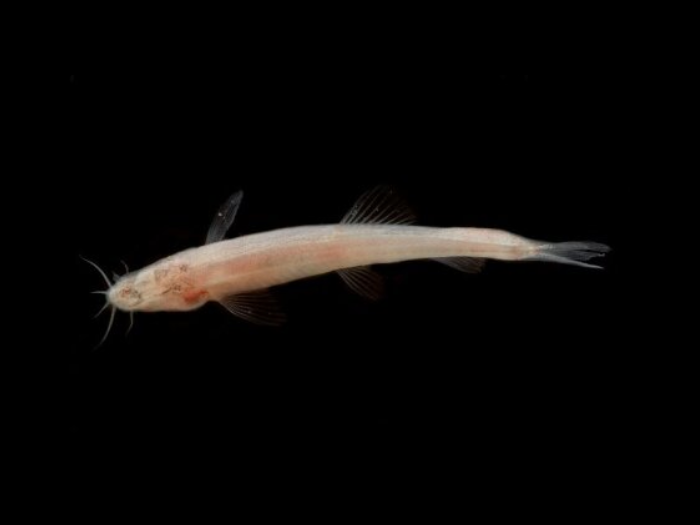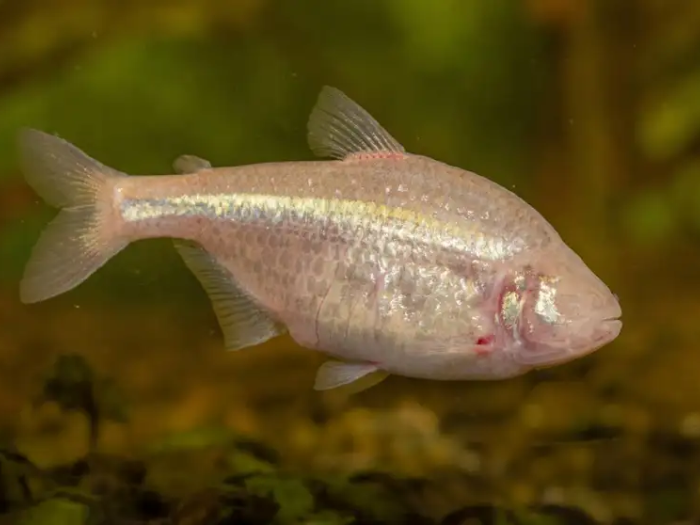The underwater world is filled with wonders, and among them are fish species that have evolved to live entirely without sight. These remarkable creatures are often found in dark caves or deep waters, where light is scarce or nonexistent. Despite their lack of vision, these species have adapted to their environments in unique and fascinating ways. Let’s explore five extraordinary fish that are totally blind.
Five Fish Species That Are Totally Blind
- 5
Blind Electric Eel (Electrophorus Electricus)

Unlike other blind fish, the blind electric eel has a unique way of perceiving its environment: electroreception. Found in South America, this eel uses electrical fields to detect objects and prey around it.
Its lack of eyesight is compensated by its ability to generate weak electrical pulses, which act as a biological sonar. This adaptation not only helps the eel locate food but also avoid predators. Its reliance on electricity instead of vision is a remarkable example of how species can evolve in diverse and challenging environments.
- 4
Blind Swamp Eel (Ophisternon Infernale)

Found in the underground aquifers of Australia, the blind swamp eel is an unusual fish that lacks both eyes and pigmentation. Its body is elongated and snake-like, allowing it to navigate through tight underwater spaces.
The eel’s sense of smell and ability to detect changes in water pressure help it hunt for small prey, such as worms and crustaceans. Its adaptation to subterranean life makes it a subject of interest for scientists studying evolution in extreme conditions. Despite its remote habitat, the blind swamp eel faces threats from water pollution and over-extraction of groundwater.
- 3
Alabama Cavefish (Speoplatyrhinus Poulsoni)

Native to Alabama, USA, this critically endangered species is one of the rarest cavefish in the world. Found only in Key Cave, the Alabama cavefish is entirely eyeless and has a translucent body, which helps it conserve energy in its lightless habitat.
The Alabama cavefish is a top predator in its limited ecosystem, feeding on tiny invertebrates that it detects through vibrations and chemical signals. Its population is declining due to habitat disruption, making conservation efforts critical. This fish’s survival depends on the delicate balance of its ecosystem, serving as a stark reminder of the fragility of cave environments.
- 2
Blind Cave Loach (Nemacheilus Troglocataractus)

The blind cave loach is a rare and fascinating species found in the caves of Thailand. These small, elongated fish have no visible eyes and are adapted to complete darkness. Their bodies are covered with sensory pores that allow them to detect even the slightest movements in their surroundings.
One unique feature of the blind cave loach is its diet. Living in nutrient-scarce environments, these fish have developed the ability to consume a wide variety of organic matter. Their streamlined bodies also make them excellent swimmers, capable of maneuvering through narrow cave passages with ease. Researchers continue to study these loaches to understand more about sensory compensation and evolutionary adaptation.
- 1
Mexican Tetra (Astyanax Mexicanus)

The Mexican Tetra is perhaps the most famous blind fish species, commonly referred to as the blind cavefish. Native to the caves of Mexico, these fish are a fascinating example of evolution. While their surface-dwelling relatives have eyes, the cave-dwelling tetras have no use for vision in the pitch-black environment.
Instead of sight, they rely on heightened senses, such as detecting vibrations in the water through their lateral lines. Their skin has also adapted to sense chemical changes, allowing them to navigate and locate food. The absence of eyes means that their energy is focused on other survival traits, such as reproductive efficiency and resilience to starvation. These fish offer valuable insights into evolutionary biology and how species adapt to extreme environments.
Conclusion
The absence of sight doesn’t mean an absence of life’s ingenuity. These five blind fish species demonstrate how evolution tailors organisms to thrive even in the most challenging conditions. From sensing vibrations to emitting electrical pulses, these adaptations show that life finds a way, no matter how extreme the circumstances.










